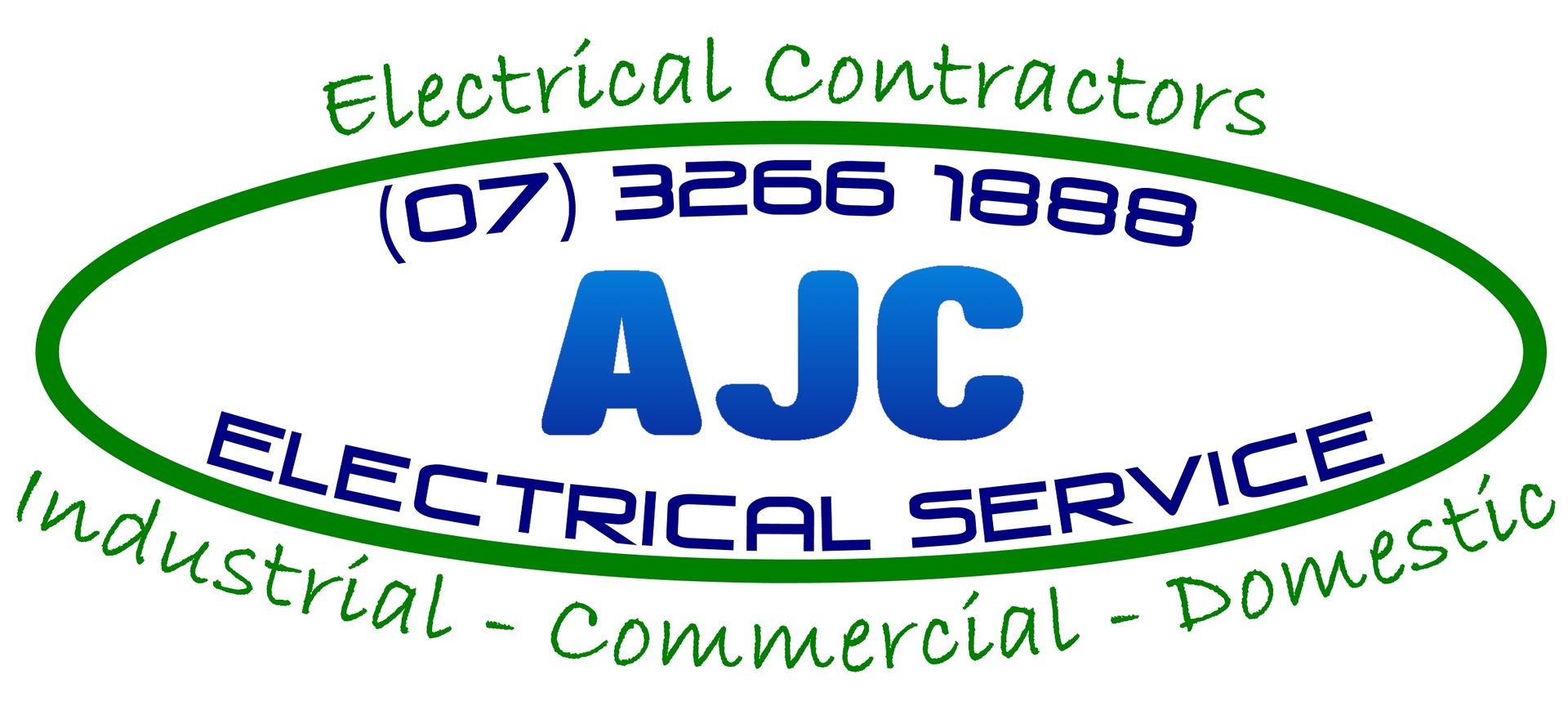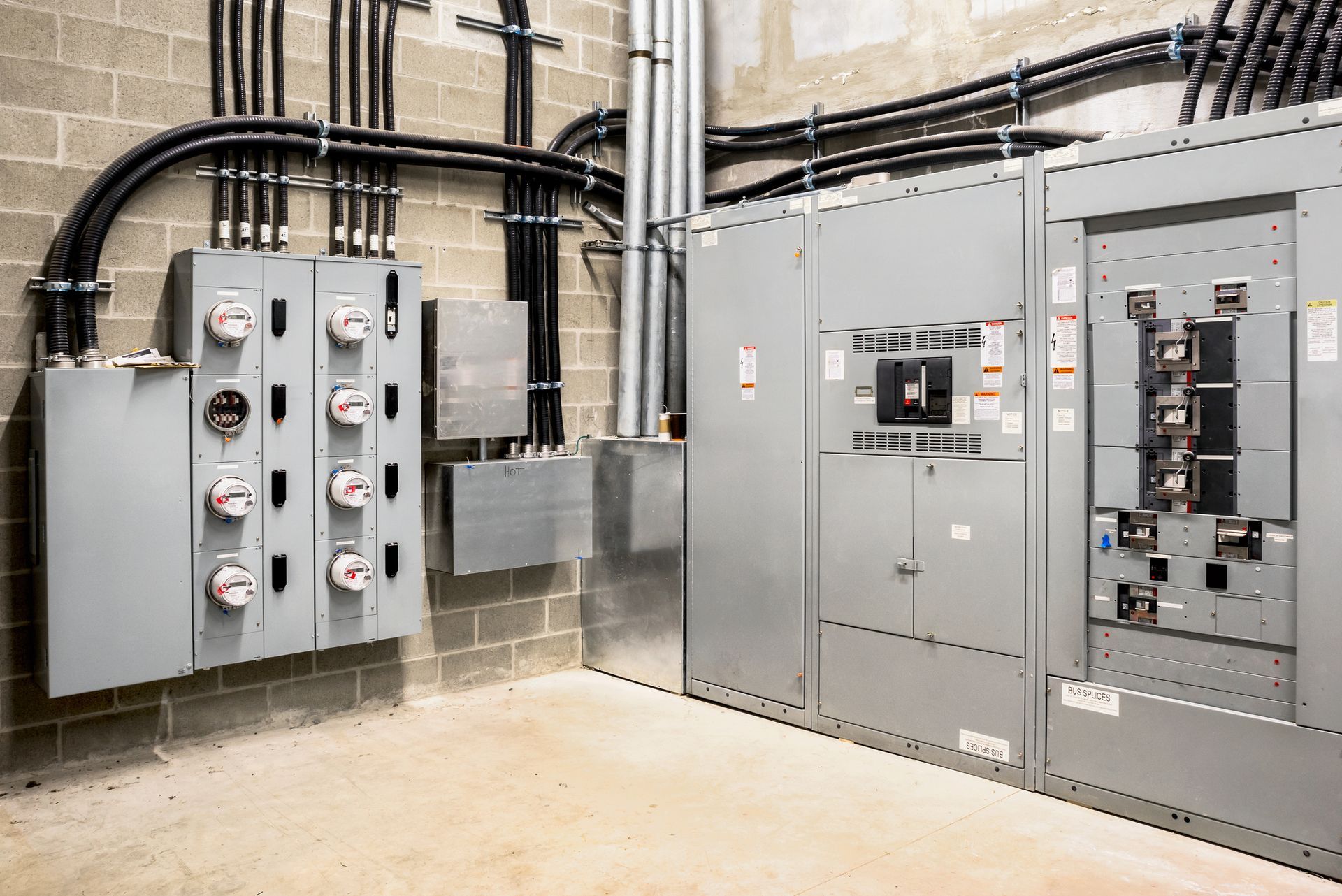Are You Smart About Your Switchboard?
During the course of a typical day, you may not think much about your electrical system. When you reach out to turn on the lights or power up an electronic device, you expect your electrical output to respond automatically.
However, if you often deal with blown fuses, tripped circuits or flickering lights, your electrical switchboard may need some prompt a ttention. Smart home or business owners pay attention to these signals before further problems arise.
Pay Attention to the Signs
If you don't know much about circuitry, you're not alone. However, if you don't even know where your electrical switchboard is, you can take steps to remedy this oversight at home or at work.
Take a Look at Your Switchboard
In your home, you can find most switchboards in the garage or inside a utility closet. At work, you may have multiple switchboards depending on the size of your facility. If your switchboard is in an unusual place, you may simply need to search for it.
Unless your property is old, your switchboard should be high enough that it's easy to reach, but not so high that you need a stepla dder to access it. Modern electrical practises determine the height of a switchboard. If it's too high or too low, you may need an upgrade.
Once you find your switchboard, take a look inside. You'll notice several switches (hence, the name of the board) and busbars (flat metal strips that connect to switchgear and carry electrical currents through your home or building).
All modern switchboards protect the user from electrical harm by way of fuses and safety switches. If you see bare connections and antique wiring, call an electrician. Don't risk an accident!
Watch for Old-Fashioned Components
Another sign of an old or ailing switchboard is ceramic connections. These indicate that your switchboard (and property) are old, an d probably aren't up to the latest electrical codes. If you blow fuses frequently, you may have an old-fashioned ceramic board.
Remember, when your circuitry was installed, it probably needed to support an oven and refrigerator at minimum (and possibly a w ashing machine). Our modern era has to support many more appliances than in the old days-and old circuitry can't match those demand s.
Watch for old switches and light boxes, perhaps in an older section of your home that you plan to renovate. These, too, need attent ion. However, the switchboard is your first priority.
Even if you have modern circuitry but few (or no) safety outlets, you're only partially protected from fire risks and short circuits.
Rely on a Professional to Upgrade Your Switchboard
If you're worried about a house fire or a circuitry overload, it pays to ask for a professional inspection. Your licensed electrician know s just what to look for, and you'll feel greater peace of mind after you update your electrical system.
Here's what to do during the inspection:
- Answer your electrician's questions about your electrical usage patterns. This helps him or her determine whether your circuitry mat ches those needs.
- Count all your appliances and electronic devices. Also, pay attention to how many power strips you plug into a given outlet.
- Test your outlets and fully inspect your switchboard. This ensures that you are up to the current Australian Standard.
- Get a price estimate after the inspection. Fuse boxes and a new switchboard are generally well under $1,000. However, you'll double
- Get a price estimate after the inspection. Fuse boxes and a new switchboard are generally well under $1,000. However, you'll double the price if you need additional cabling. Rewiring an entire building is the most expensive option (usually at least $5,000).
Ask your electrician to itemise your quote so you understand all the factors and procedures that add up to your total costs.
In the end, you can be smart about your switchboard by paying attention to the warning signs before you upgrade-and by contacti ng your licensed electrician ahead of dangers like house fires or equipment damage.


